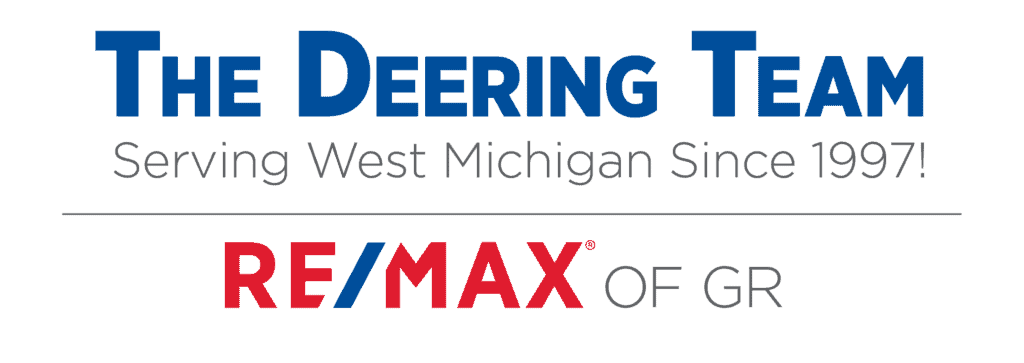Is Your Dream Home in a Danger Zone?
When you are considering a specific house, one of the most important questions you will ask is if it’s in a safe neighborhood. This is especially crucial if you are moving from out-of-town or into an unfamiliar area of your city. Do the research to learn if the location is safe for kids to play outside or for overnight guests to leave their cars parked in-front without problems. There are several ways to determine if you are looking at a danger zone, whether the threat is weather, crime or other risky possibilities.
Do some detective work
While your real estate agent can help you with practically every other aspect of home buying, there are some questions they legally can’t answer due to the Fair Housing Act. This means you will have to do some research yourself. Fortunately, there are many online resources to address your concerns. Here are a few:
- AreaVibes helps you find appealing neighborhoods by rating subjects you find important. It ranks seven livability factors such as crime, schools, education and housing.
- NeighborhoodScout provides crime statistics and other information. You can measure your neighborhood against others in the area. Most of their information is free, but there is a fee for detailed data and reports.
- City-Data gives statistics on schools, neighborhoods, crime, sex offenders, and even nearby restaurant health violations.
- CrimeReports collects police and crime reports. Type in an address and the site will display a list of crimes committed in the area, broken down by types and dates.
Scout out the neighborhood. Drive through the streets surrounding your potential new home at different times of the day. Check out how well the homeowners keep up their lawns and homes. Well-kept properties tend to indicate a safer community. If you see many overgrown yards, sagging fences or broken windows, it may signal an unsafe neighborhood.
Introduce yourself to the neighbors and get their opinions. Ask if they feel safe and comfortable in their homes. You can learn a lot about mild irritations, such as a grouchy neighbor who doesn’t want kids and pets on his lawn, as well as significant problems.
Are there many homes on the market in the area? This could be an indicator of residents wanting to get out and find a safer place to live. Even if this is not the case, homes that stand vacant too long can attract trouble.
Finally, trust your gut feeling. If you have any concerns, don’t choose to move there. Find a place where you are confident that you and your family will be secure,
Note other safety issues beyond crime
Have your agent provide a flood zone map. Check how level the property is surrounding your potential home. If the yard is angled downhill, it may be at greater risk for flooded basements or worse.
Look up at the trees around the house. Towering trees are gorgeous, but could cause trouble in a windstorm or heavy rain. Roots from willow trees and other varieties can split a foundation, a driveway or sidewalks. An arborist or tree specialist can help you determine if you have any potential problems.
Carefully review the sellers’ disclosure. They have a legal obligation to disclose any likely problems or hazards. Does the basement leak? Is there damage from wood rot? If any red flags pop up, go back and ask questions. Use your agent; this is one of their specialties.
Check in with city hall. The city planning and code enforcement office should be able to let you know of any projects or construction coming up that could cause a problem for your neighborhood of interest.
Your home is likely your largest investment and the safety of your family is one of your greatest concerns. There is nothing that affects the value and enjoyment of your own home as much as the surrounding area. It’s crucial to know everything you can about your future neighborhood before signing any contracts.
